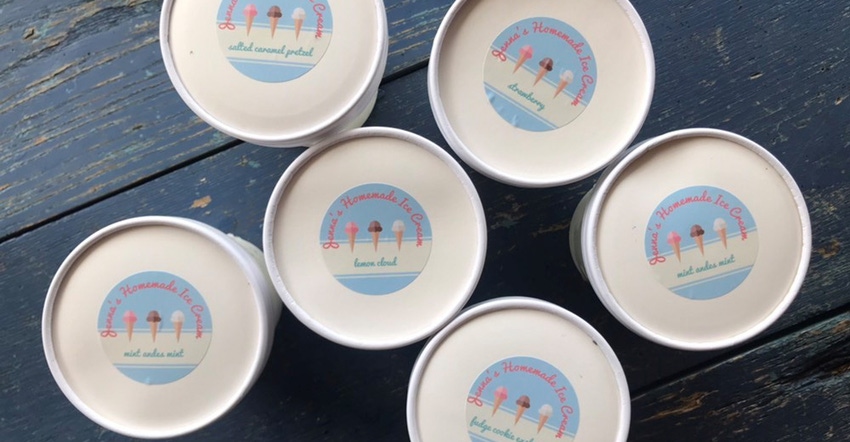July 18, 2019

Pull up to our house at just about any point this summer and you’ll likely hear the sweet, sweet sound of an ice cream maker, churning away in the driveway, stirring up homemade ice cream from little more than milk, cream and sugar. The sound of summer.
I say “likely” because what started as a mission trip fundraiser for our teenage daughter has all but turned into a part-time business for our budding entrepreneur. As of this writing, she’s made 51 gallons of ice cream: strawberry, mint chip, vanilla, blackberry dark chocolate, lemon, raspberry white chocolate, salted caramel and more.
Yes, in fact, we are living our best lives here this summer.
She’s sold it all via social media, in half gallons of vanilla or mint chip, and in pints of specialty flavors such as strawberry dark chocolate, raspberry white chocolate, fudge cookie explosion and lemon.
But here’s where it gets interesting: Who do you think buys each size? And why do they do it?
It turns out, there’s a shift happening in human behavior around preference.
Why we buy what we buy
Kim Kidwell, dean at the University of Illinois College of Agricultural, Consumer and Environmental Sciences, says that for decades, three drivers have motivated baby boomers to select (and purchase) products: affluence, persuasion and scale.
Affluence. If you could afford it, you bought it.
Persuasion. Advertising really mattered and drove choices.
Scale: Scale reflected efficiency and cost.
Kidwell explains: “If you drove down the cost and advertised it well, people tended to buy it.”
It’s an entirely different ballgame for Generation Z — teenagers, college kids and early-20-somethings, all born since the mid-’90s. They’re the generation that follows millennials. Forget advertising; their preferences are driven by trust, influence and personalization.
Trust. This is the confidence that something is good or viable. They get a lot of information from social media networks: “If my friends say it’s cool and good, I go buy it. If my friend is wrong, I just made a bad choice, too.”
Influence. How influential is the product? How valuable is it to me?
Personalization. They want to create their own personal experience. They want personal nutrition, not a bulk approach.
Diversification
It’s a curious shift in what’s driving consumer demand, and it’s especially noteworthy when you consider baby boomers’ buying power will begin to phase out soon.
What happens to the food system then?
If the near- and long-term future preference is individual, trusted and personal, what does that mean for millions of acres of No. 2 yellow corn? For soybeans? There may well be a way to diversify this system and brand it in a way that lets farmers capture more value from the most productive farmland in the world. That’s the real challenge in front of institutions like Kidwell’s College of ACES and Illinois’ Department of Agriculture.
Certainly, there’s still going to be a market for the farmer who wants to plant corn, harvest it and haul it to the river. But there may be real opportunities for the farmer who wants to do something a little different. Especially if you’re an Illinois farmer who’s looking around at weather patterns, trade wars and market losses, and realizing the most exceptional dynamics in agriculture in a generation have collided in our corner of the world in 2019.
But back to homemade ice cream.
If you guessed those specialty pints are selling like hotcakes and it’s often the young folks buying them, you’re right on the money. Jenna’s boomer customers buy half gallons because it’s a better deal. Or they don’t buy at all because it’s $10 for a half gallon and that’s incredibly inefficient. But a specialty pint for $5? She sold 105 of them in the first 12 hours.
2019 may be the year we all think about doing something a little differently.
Comments? Email [email protected].
You May Also Like




